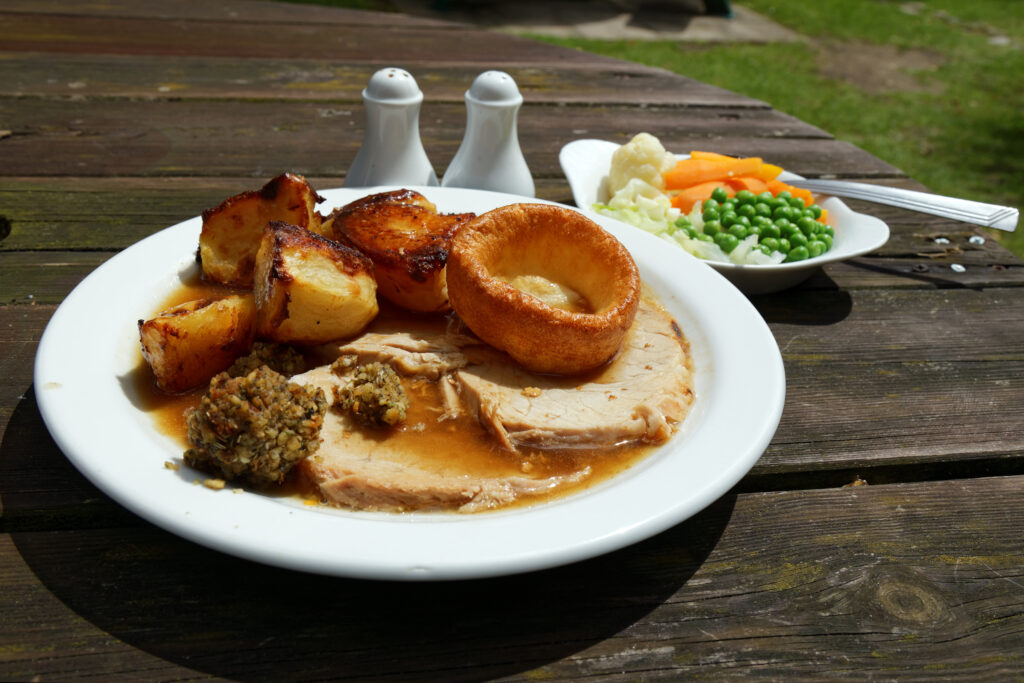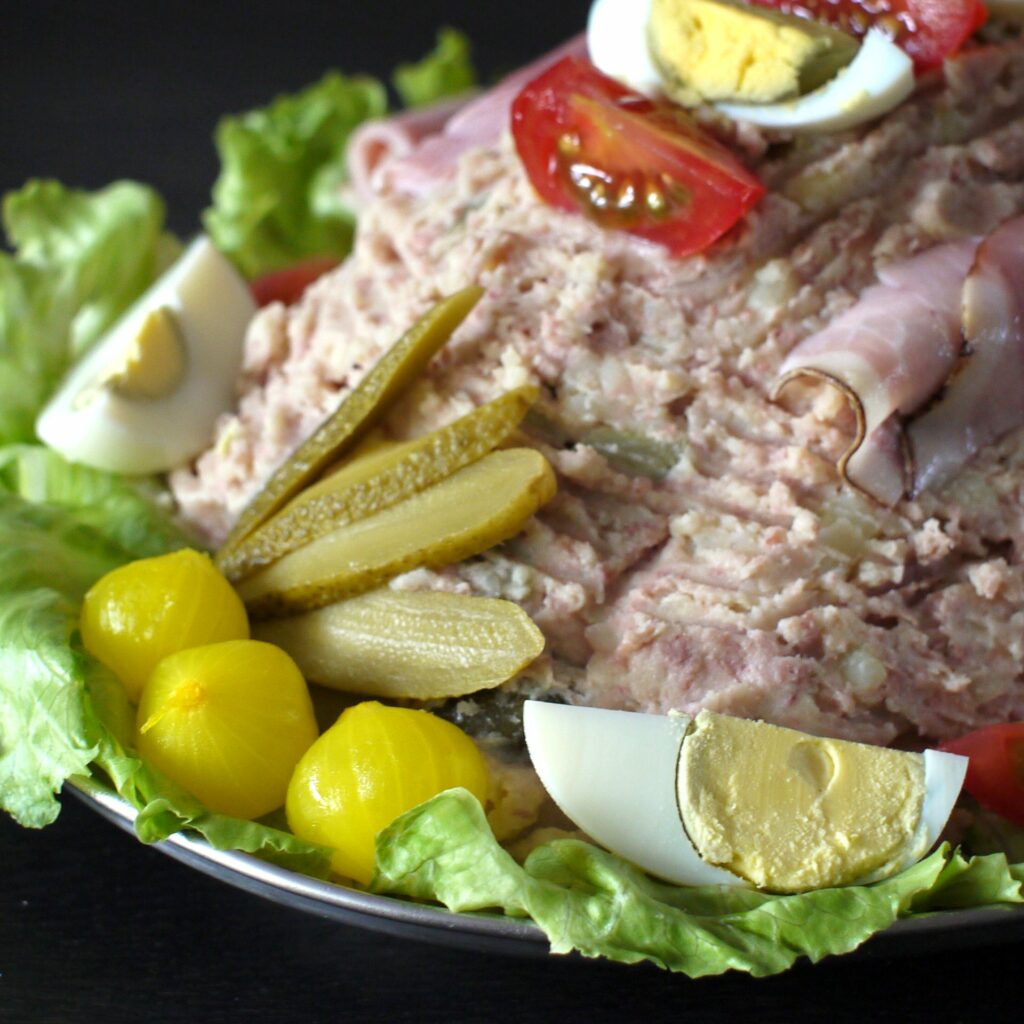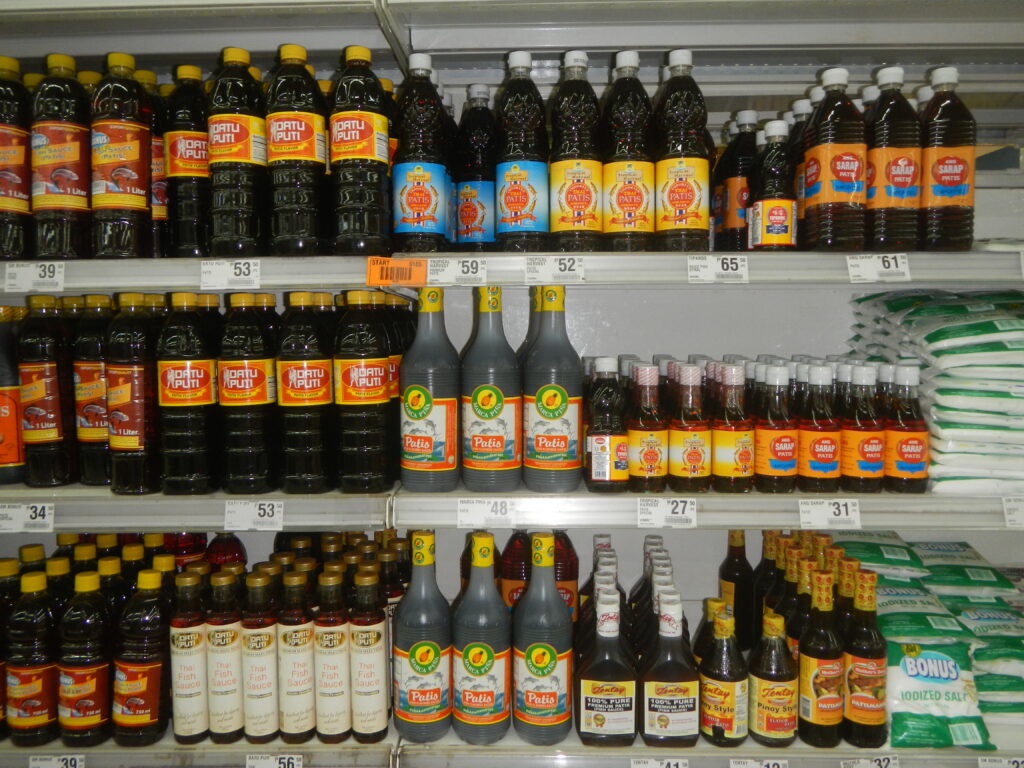A Filipino may denationalize himself but not his stomach. He may travel over the seven seas and the five continents and the two hemispheres and lose the savor of home and forget his identity and believe himself a citizen of the world. But he remains—gastronomically, at least—always a Filipino. For, if in no other way, the Filipino loves his country with his stomach.
Travel has become the great Filipino dream. In the same way what an American dreams of becoming a millionaire or an English boy dreams of going to one of the great universities, the Filipino dreams of going abroad. His most constant vision is that of himself as a tourist.
To visit Hong Kong, Tokyo, and other cities of Asia, per chance, to catch a glimpse of Rome, Paris, or London and to go to America( even if only for a week in a fly- specked motel in California) in the sum of all delights.
Yet having left the Manila International Airport in a pink cloud of despedidas and sampaguita garlands and pabilin, the dream turns into nightmare very quickly. But why? Because the first bastion of the Filipino spirit was the palate. And in all the palaces and flesh pots and skyscrapers of that magic world called “abroad” there is no patis to be had.


Consider the Pinoy abroad. He has discarded the barong tagalog or “polo” for a dark, sleek, Western suit. He takes to the habiliments from Hong Kong, Brooks Brothers or Savile Row with the greatest of ease. He has also shed the casual informality of manner that is characteristically Filipino. He gives himself the airs of a cosmopolite to the credit-card born. He is extravagantly courteous (especially in a borrowed language) and has taken to hand-kissing and to plenty of American “D’you mind’s?”
He hardly misses the heat, the native accents of Tagalog or llonggo or the company of his brown-skinned cheerful compatriots. He takes, like a duck to water, to the skyscrapers, the temperate climate, the strange landscape and the fabled refinements of another world. How nice, after all, to be away from good old R.P. for a change!
But as he sits down to meal, no matter how sumptuous, his heart sinks. His stomach juices, he discovers, are much less neither as apahap nor lapu-lapu. Tournedos is meat done in barbarian way, thick and barely cooked with red juices still oozing out. The safest choice is a steak. If the Pinoy can get it well done enough and sliced thinly enough, it might remind him of tapa.

If the waiter only knew enough about Philippine cuisine, he might suggest venison which is really something like tapang usa, or escargots which the unstylish poor on Philippine beaches know as snails. Or even frogs legs which are a Pampango delight.
But this is the crux of the problem—where is the rice? A silver tray offers varieties of bread: slices of crusty French bread, soft yellow rolls, rye bread, crescents studded with sesame seeds. There are also potatoes in every conceivable manner, fried mashed, boiled, buttered. But no rice.
The Pinoys learn that rice is considered a vegetable in Europe and America. The staff of life a vegetable!
And when it comes—a special order which takes at least half an hour—the grains are large, oval, and foreign-looking and what’s more, yellow with butter. And oh horrors!—One must shove it with a fork or piled it with one’s knife on the back of another fork.
After a few days of these debacles, the Pinoy, sick with longing, decides to comb the strange city for a Chinese Restaurant, the closest thing to the beloved, gastronomic country. There in the company of other Asian exiles, he will put his nose finally in a bowl of rice and find it more fragrant than an English rose garden, more exciting than a castle on the Rhine and more delicious than pink champagne.
To go with rice, there is siopao (not so rich as at Salazar) pansit guisado reeking with garlic (but never so good as any that can be had in the sidewalks of Quiapo) fried lumpia with the incorrect sauce, and even mami (but nothing like the downtown wanton).
Better than a Chinese restaurant is the kitchen of a kababayan. When in a foreign city, a Pinoy searches every busy sidewalk, theater, restaurant for the well- remembered golden features of a fellow-Pinoy. But make no mistake, it is only because he is in desperate need of Filipino meal and, like a homing pigeon, he follows his nose to a Filipino kitchen that is well stocked with bagoong, patis, garlic, balat ng lumpia, gabi leaves and misua.
When the Pinoy finally finds such a treasure-house, he will have every meal with his kababayan. Forgotten are the bistros and the smart restaurant. The back of his hand to the Four Seasons and the Tour d’ Argent. Ah, the regular orgies of cooking and eating will ensue. He may never have known his host before. In Manila, if he saw him again, they would hardly exchange two words. But here in this odd, barbarian land where people eat inedible things and have never heard of patis, they are brothers forever.


